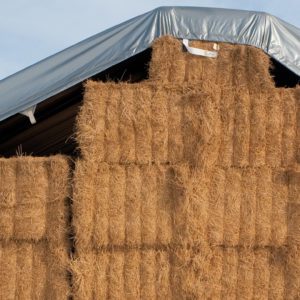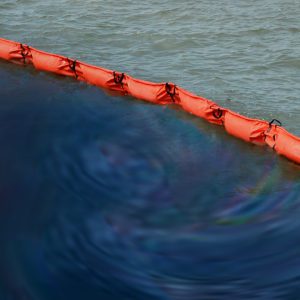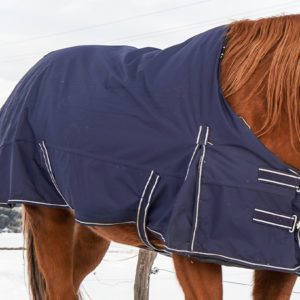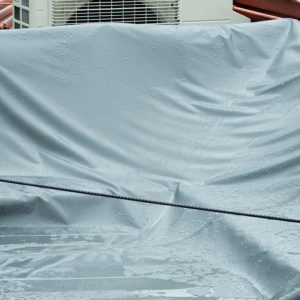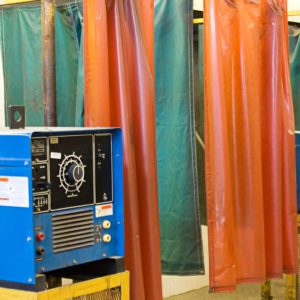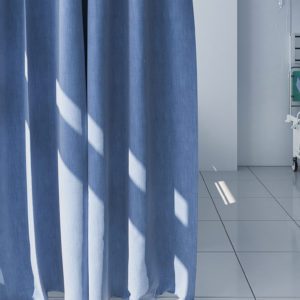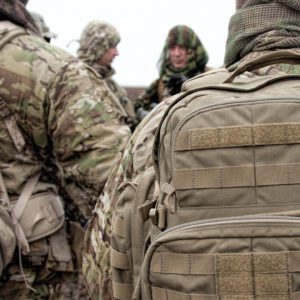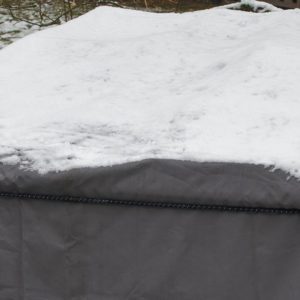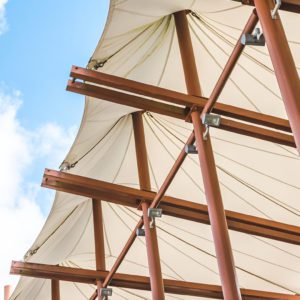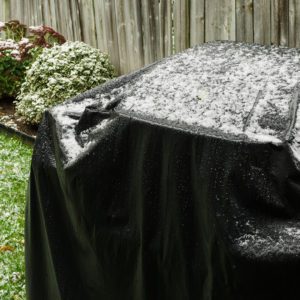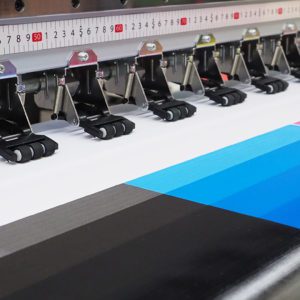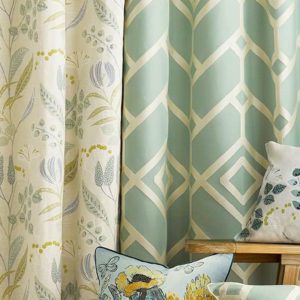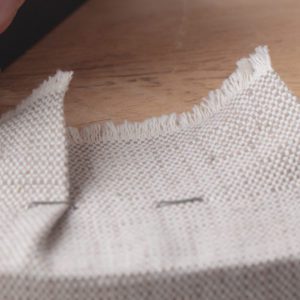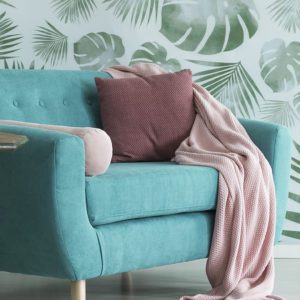Waterproof breathable fabrics are designed to keep water out while allowing moisture vapor from the body to escape, keeping wearers dry and comfortable. These fabrics incorporate a porous membrane or coating with tiny pores that block liquid water but allow water vapor to pass through. There are various types, including 2-layer, 2.5-layer, and 3-layer fabrics, each offering different levels of protection and comfort for specific applications. From outdoor clothing and sports gear to everyday wear and specialized equipment like medical devices and tents, waterproof breathable fabrics have become essential for a wide range of uses, combining durability with cutting-edge moisture management technology.
How Do Waterproof Breathable Fabrics Work?
At the heart of waterproof breathable fabrics is a membrane that contains billions of microscopic pores. These pores are large enough to allow water vapor to pass through but small enough to prevent water from penetrating. The membrane can be made from various materials, including polytetrafluoroethylene (PTFE), polyurethane (PU), polyester, or a plant based propanediol.
What Types of Membranes are Used in Waterproof Breathable Fabrics?
There are three types of membranes for waterproof breathable fabrics.
- Microporous Membranes: These fabrics use a membrane with tiny pores that block water droplets while allowing vapor to escape.
- Hydrophilic Membranes: Unlike microporous membranes, these materials do not have pores. Instead, they absorb moisture from the body and transport it to the fabric’s surface to evaporate.
- Combination Membranes: Some fabrics incorporate both microporous and hydrophilic technologies for enhanced performance.
How are Waterproof Breathable Fabrics Manufactured?
- Lamination: this process involves bonding the breathable membrane to the outer fabric, creating a single layer that is both waterproof and breathable.
- Coating: the membrane is applied as a liquid coating to the fabric, which, when dried, forms a protective layer.
Care and Maintenance for Waterproof Breathable Fabrics
Proper care extends the life of garments made with waterproof breathable fabrics. Washing them with a mild detergent and avoiding fabric softeners, which can clog the pores in the membrane, is crucial.
Regular cleaning maintains breathability and waterproofing performance. Gentle cycle or hand wash is preferred.
How to Reactivate Water Repellency in Waterproof Breathable Fabrics
To reactive the water repellency in waterproof breathable fabrics, tumble drying or ironing with a cool iron (with a towel underneath) can help rejuvenate the water-repellent finish.
